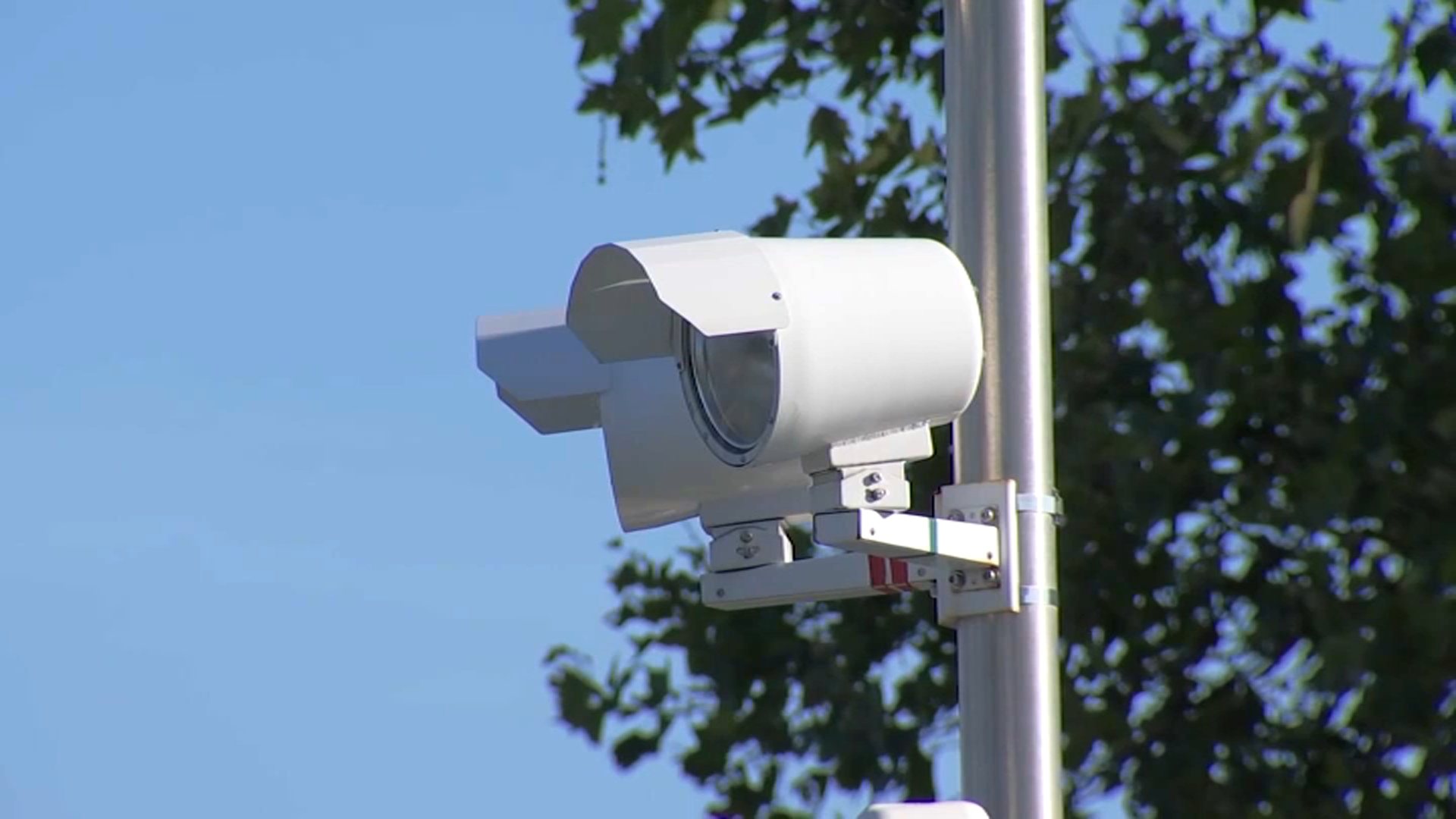Heart and vascular patients in northern Chicago and its suburbs will have a new option, as Endeavor Health prepares to open its new Cardiovascular Institute (CVI) in Glenview on May 13, 2024, NBC Chicago’s Lauren Petty reports.
Heart and vascular patients in northern Chicago and its suburbs will have a new option, as Endeavor Health prepares to open its new Cardiovascular Institute (CVI) in Glenview on May 13, 2024.
“All the elective cardiac surgeries from Evanston Hospital, Swedish Hospital and Highland Park Hospital will move here,” said Dr. Gregory Mishkel, chief of the Division of Cardiology, Vice President of Cardiology Operations, and Co-director of the Cardiovascular Institute.
CVI was built right next to Glenbrook Hospital, which will remain open.
“Glenbrook Hospital is very much here to stay,” Mishkel said. “The emergency room facilities will continue. The medical surgical facilities will continue.
The $170 million, 170,000-square-foot facility includes two hybrid operating rooms, four open-heart operating rooms, 38 pre- and post-procedure rooms, along with other nine cardiology procedure labs.
The Institute was built over three floors, but constructed in such a way that Endeavor Health can add up to an additional three floors when expansion is needed.
“That's one of the big advantages of starting fresh with a facility like this is that we knew we needed a lot of room. And we also know that the future is very difficult to predict, and we might need more room,” Mishkel said.
Local
CVI will serve as a resource for Endeavor Health’s hospitals in its north region.
One of the innovations that will be expanded at CVI is advanced imaging, including 3D printed models.
Feeling out of the loop? We'll catch you up on the Chicago news you need to know. Sign up for the weekly Chicago Catch-Up newsletter.
Dr. Jonathan Rosenberg, an interventional cardiologist, working with an Endeavor Health team to create a 3D printed model of Laverne Sam’s heart, to test out potential surgical fixes for the 87 year old with atrial fibrillation.
“She had a very complex structural anatomical issue. And to solve that problem, we really needed to think outside the box,” Rosenberg said.
Sams already had an implanted device to help her condition, but there was a gap between the device and the wall of her heart, which put her at risk for stroke.
Rosenberg used the model to test out different plugs to fill the hole, determined the most effective solution and used the model to explain to Sams what he planned to do during the surgery.
“I had never seen a 3D version of the heart. So this is something very, very new to me, and it's my heart,” Sams said.



